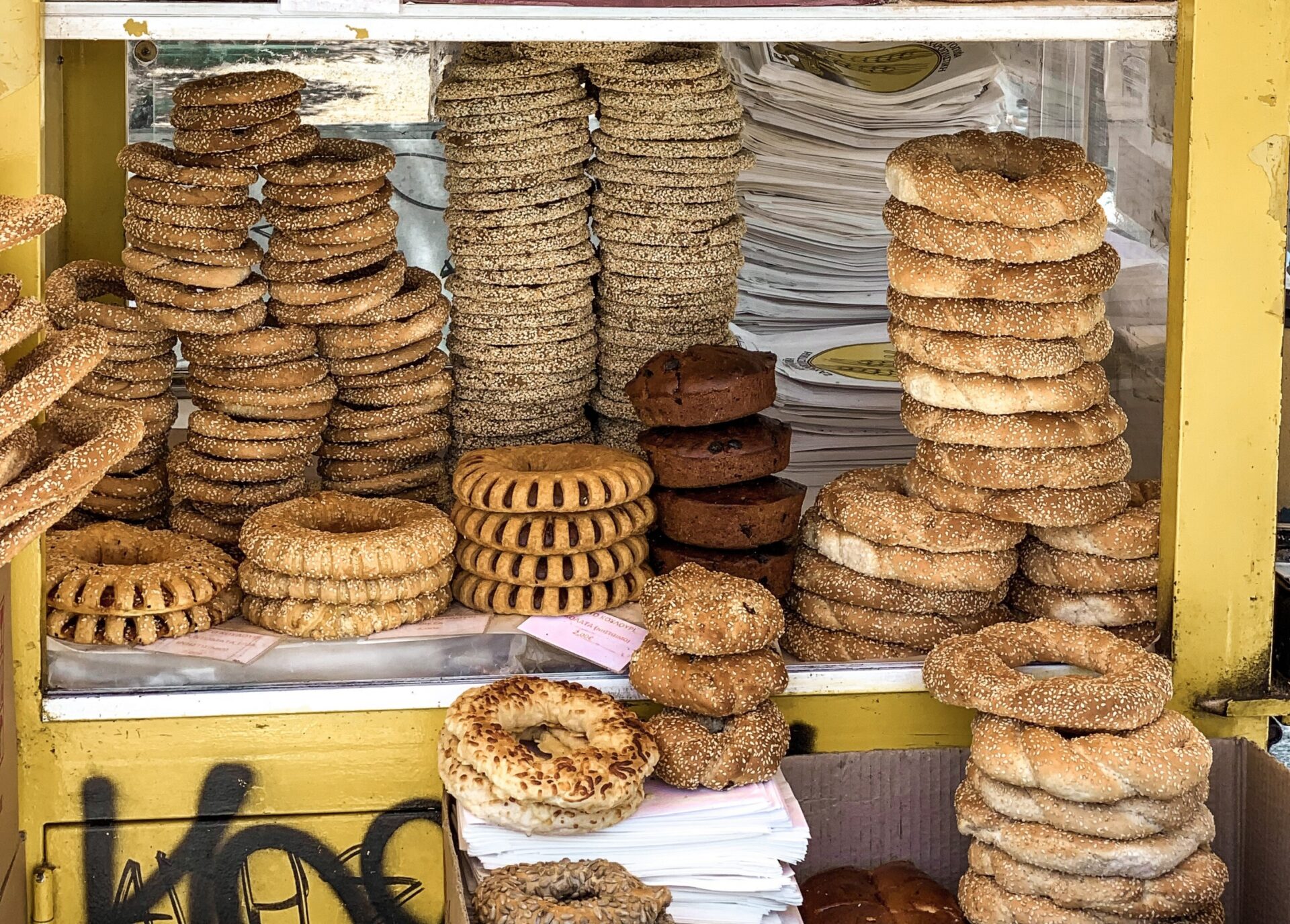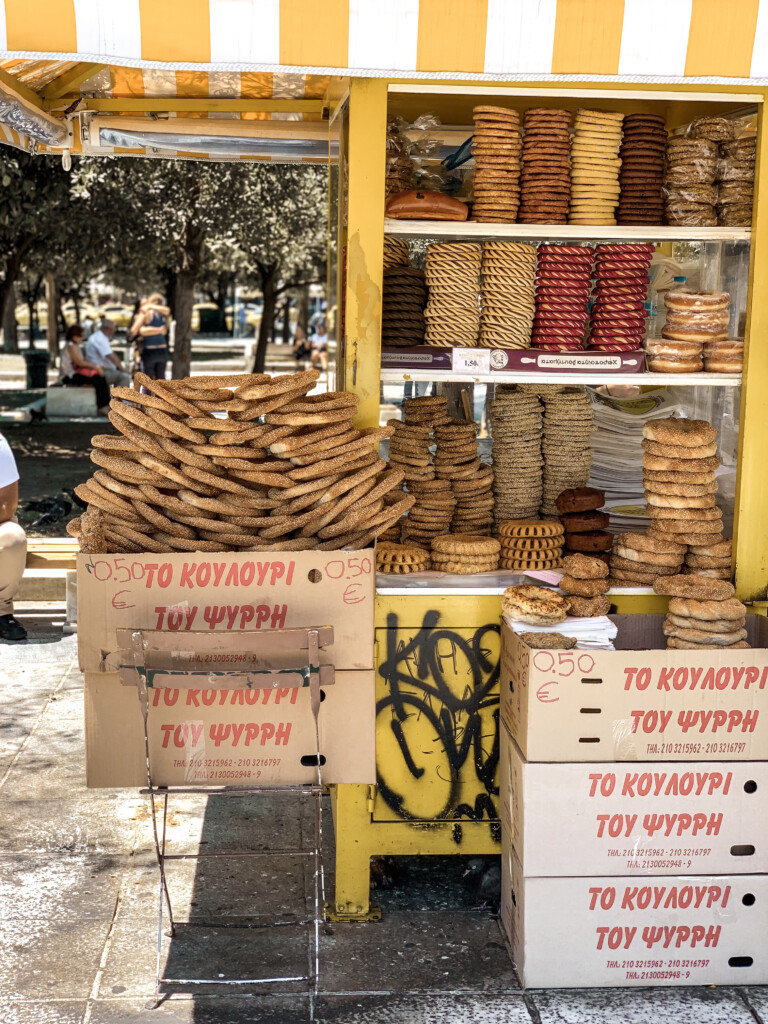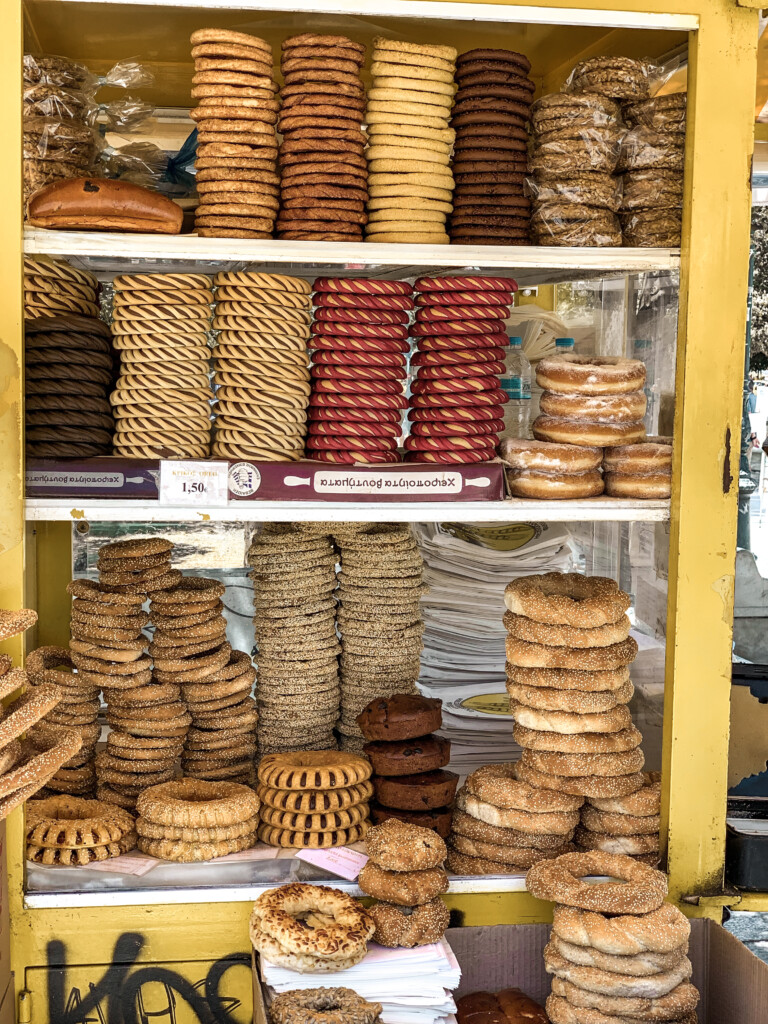Today the Greek Orthodox Church commemorates “Saturday of Lazarus” and on this day it’s a tradition in Greece to make Lazarakia (Little Lazaruses).
These are traditionally small, sweet and mildly spiced bread, made only once a year. They represent the miracle of Jesus raising Lazarus from the dead. Each region in Greece has its own variation of Lazarakia, however, most have a similar sweet-tasting flavour.
Ingredients
- 1 x kg of plain flour
- 2 & 1/2 x cups of lukewarm water + extra for the kneading
- 1/4 x cups of granulated sugar
- 1/4 x cup of olive oil
- 1 x cup of dark raisins (optional)
- 3/4 x cup of finely chopped walnuts (optional)
- 14 x grams dried yeast
- 3 tsp of ground cinnamon
- 1 tsp of ground cloves
- whole cloves to decorate
Method
- Preheat the oven to 200°C and place baking paper on a few trays.
- Dissolve the yeast in a glass filled with lukewarm water and set aside.
- Place the flour in a large bowl and make a well in the centre. Fill it with the sugar, the olive oil and dissolved yeast.
- Start kneading the ingredients with your hands, slowly adding two and a half cups of lukewarm water, just enough until you have a relatively firm dough. Then add the spices, the raisins and the walnuts and continue kneading thoroughly until the dough doesn’t stick to your hands.
- Place dough into the bowl, cover with towel and allow dough to rise and double (about an hour).
- Get quantities of the dough and cut it into small pieces. Start to shape each piece into small men. Shape separately the hands and the body (see photo above). Form eyes, with the tip of a clove.
- Transfer each piece of bread onto oven trays, cover with a clean kitchen towel and leave to rise for 1 hour.
- Brush Lazarakia with some oil for a glossy effect and place trays in the middle shelf of the oven. Bake until they are nicely golden.
- Take out of the oven and allow to cool on metal racks before serving.
Recipe and Images by IN+SIGHTS GREECE © (Copyright)

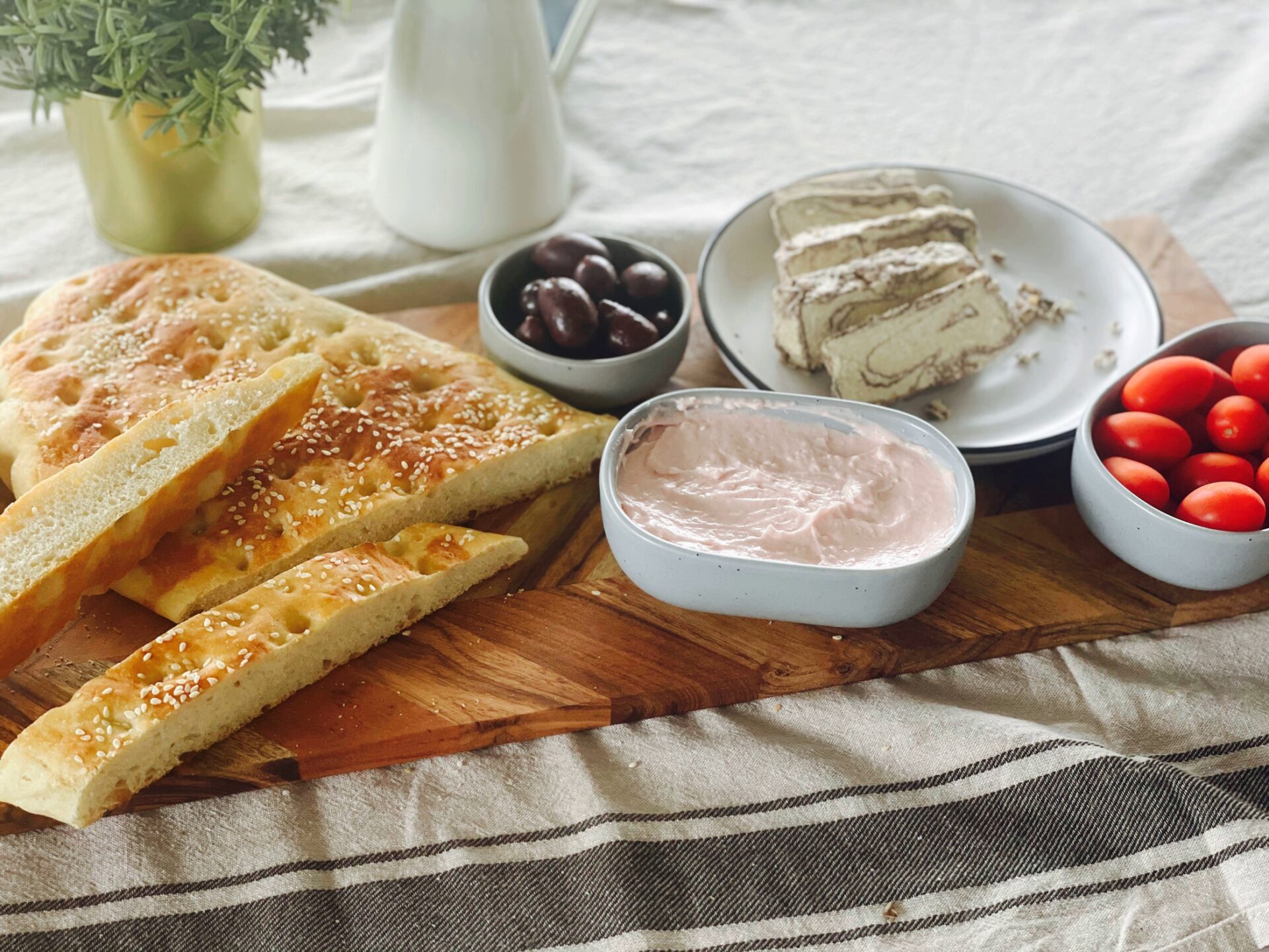

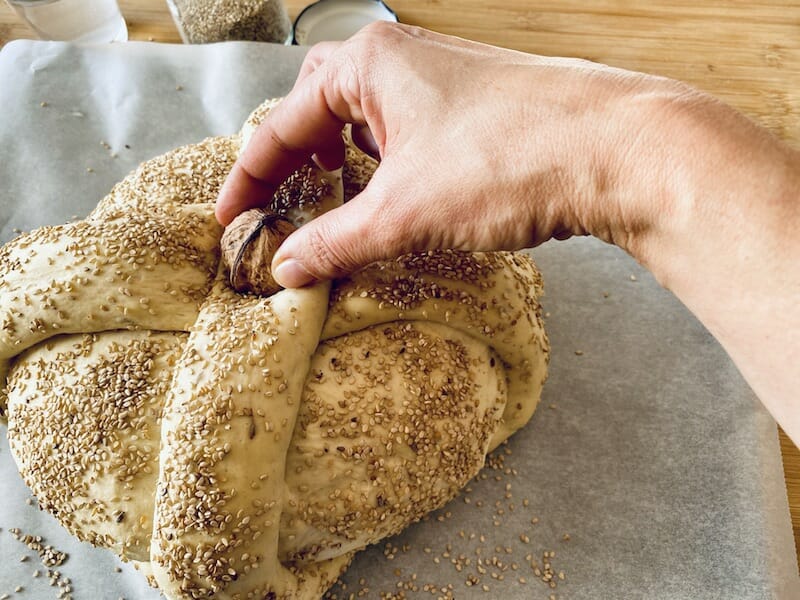
 allow to rest and rise for 1-1.5 hours.
allow to rest and rise for 1-1.5 hours.
